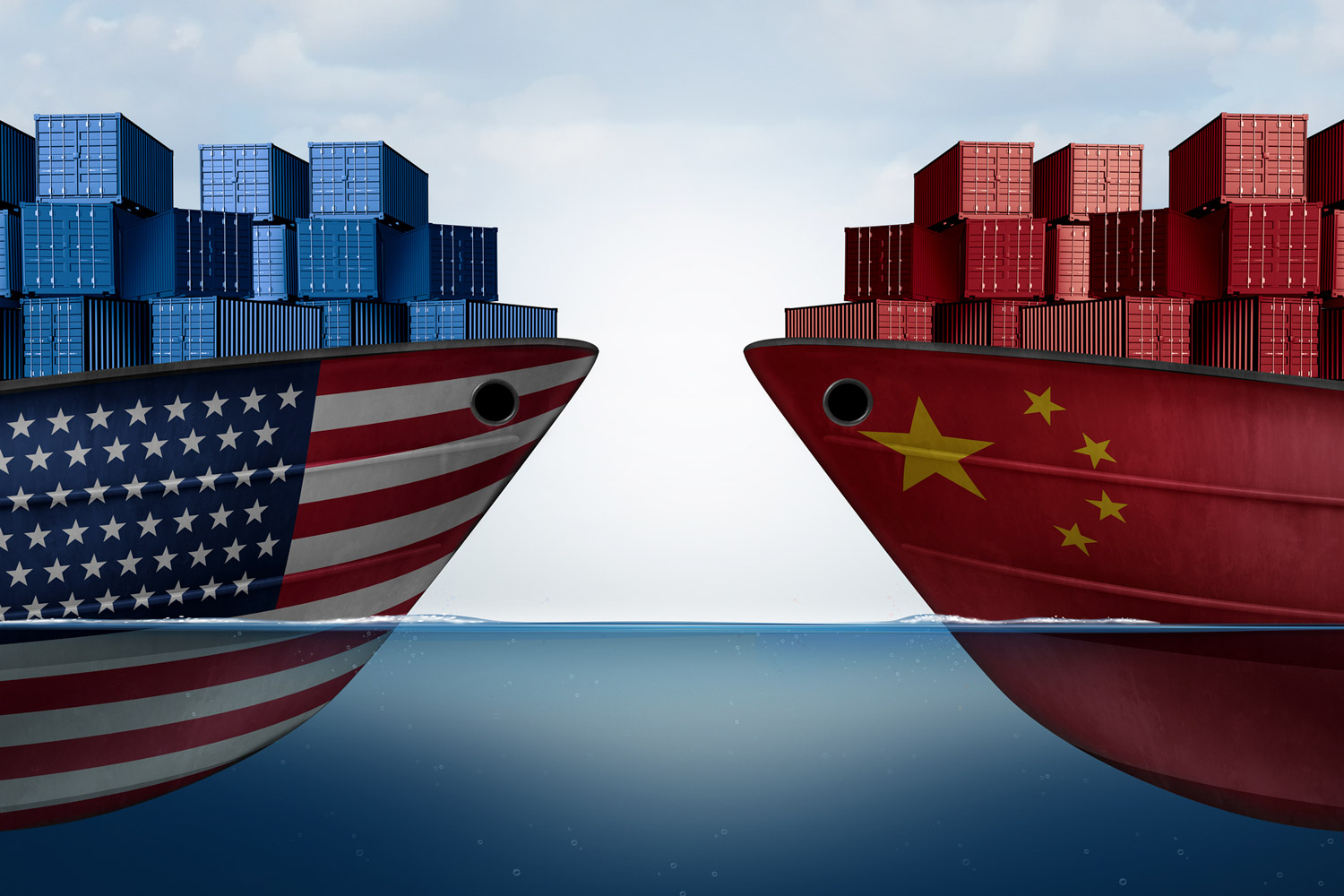
Trade tensions between China and the US have been ongoing for more than a year, with them escalating once again . On 1 August, President Trump announced plans to expand the reach of US tariffs to apply to a further $300 billion of Chinese goods after more bilateral trade talks showed no sign of a breakthrough.
Trump strikes again
Following a series of tweets from the President announcing the new tariffs was this week, a press release from the Office of the United States Trade Representatives, confirmed that the next steps for imposing 10% tariffs onto more Chinese goods were now underway.
Most of the new tariffs will go into effect from 1 September, with tariffs on some goods being delayed until December 15. The postponement applied to items including cell phones, laptop computers, video game consoles, certain footwear and clothing.
By delaying the tariff start dates on these kinds of goods, US companies have more time to purchase Chinese goods that are typically needed for the holiday season. The delay of the tariffs also provides some time for the administration to potentially change its mind all together.
Have tariffs worked?
The initial analysis of the existing Trump administration tariffs against China indicate somewhat that the US is not quite winning the trade war. In the year to the end of June 2019, US exports to China were falling fast down $33bn or 21%, but Chinese exports to the US rose by about $4bn or 1%. This is almost the opposite effect of Trump’s intentions.
The US economy remains close to the President’s objectives with a positive outlook for growth for now. However, many are concerned about potential long-term impacts on the economy due to falling investment and weaker manufacturing than expected, that being said, the US isn’t facing a recession just yet.
Beijing isn’t backing down
When the new US tariffs on Chinese goods were announced, Beijing responded by halting purchases of US crops which saw the yuan fall to the weakest level since 2008 leading to Washington formally labeling China a currency manipulator just hours later.
Despite the new tariffs, China’s Ministry of Commerce continue to engage with the US. The list of goods with delayed tariffs will be welcomed somewhat by China, with companies like Apple already experiencing a spike in share prices, and likely expecting an increase in US demand in the near short term before the tariffs will apply.
What next?
President Trump continues to go after China with tariffs in this trade war, but US consumers continue to demand Chinese goods, so the successful effects of these threats remains to be fully seen. Many analysts are concerned that the trade war is doing lasting damage to the world’s two largest economies.
ADS continues to advise members to stay as informed as possible, as even slow rumblings in trade tensions could lead to worsening relations.
See our previous blogs on the ongoing trade tensions:
The Politicisation of Aerospace: In conversation with Richard Aboulafia





